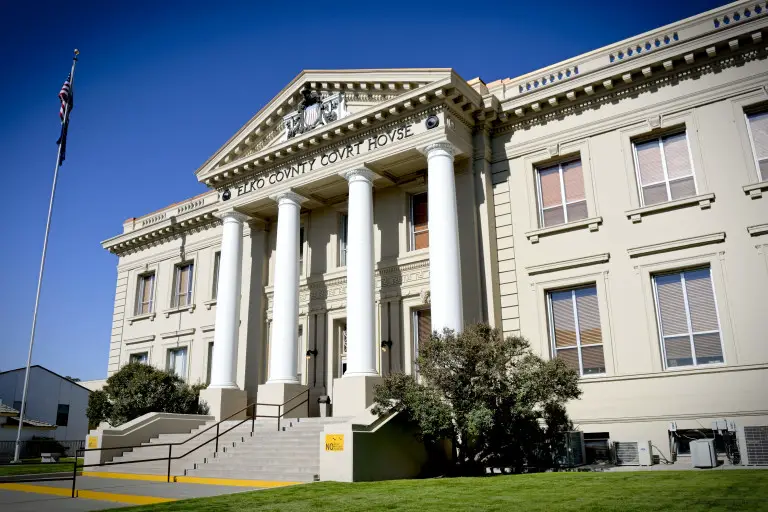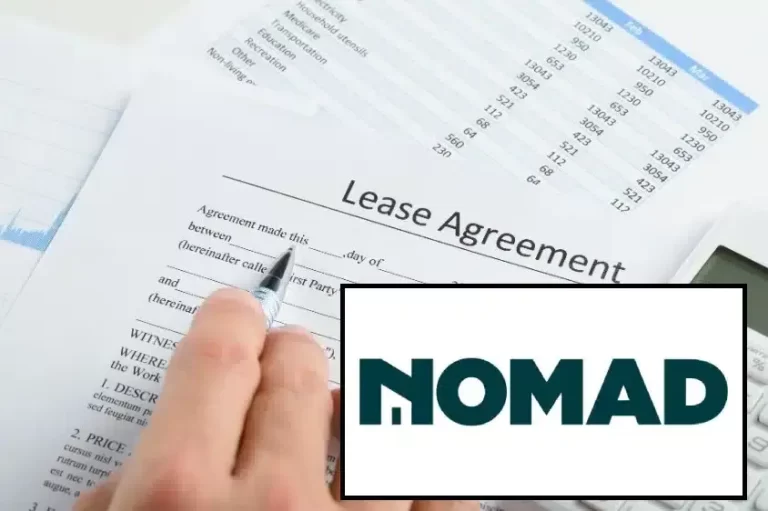A Quick Explanation of NYC Air Rights
People outside of New York City are often amazed at the prices property owners get when they sell their air rights. In 2013, the Zeckendorf brothers paid $40,000 for 70,000 square feet of air rights from Christ Church ($571 per sq.ft.). To pay for a $100 million renovation, Union Theological Seminary is considering selling 350,000 sq.ft. of air rights to a condo developer. The Wall Street Journal charted the average price per square foot of air rights appreciating from around $75 per sq.ft. in 2003 to $305 per sq.ft. in 2013.
How Air Rights Work
Here is a very quick summary of NYC air rights that a non-lawyer could easily understand:
In New York City, the zoning code only allows for a certain number of floors to be built at a particular site; this is based on density of the floor area compared to the size of the lot. So even though you bought a nice lot in the Upper East Side of Manhattan, you might only have the ability to build a 32 floor luxury condo tower. You could potentially build more floors (and sell many more condos) if you are able to purchase the development rights (aka air rights) from another property or properties. For instance, a 10 story adjacent property with the same zoning would have unused air rights on 22 floors. They could sell you these air rights and you could build 54 floors instead of 32. If the 10 story property owner sells its air rights to you, it is permanent; they have lost their ability to ever develop more than 10 floors. This makes them extremely valuable to both buyer and seller.
Types of Air Right Sales
The easiest and most common way to buy air rights is to purchase the air rights of a directly adjacent property at the same intersection (called a zoning lot merger). There are 2 other ways to do this which are more complicated and work only in specific cases: special purpose district transfers allow for the rights to be sold between two parcels that aren’t adjacent but are in the same area; only certain areas are eligible for this. The final way is through landmark transfers between a historically significant property like an old church and a new development. They are called landmark transfers and allow the air rights to caddy corner parcels on the same corner or to nearby non-adjacent parcels. Because of added complexity and approvals, this type of transfer is rarely used; changes have been proposed that would allow historically significant properties to sell their air rights to developments in completely different neighborhoods.







